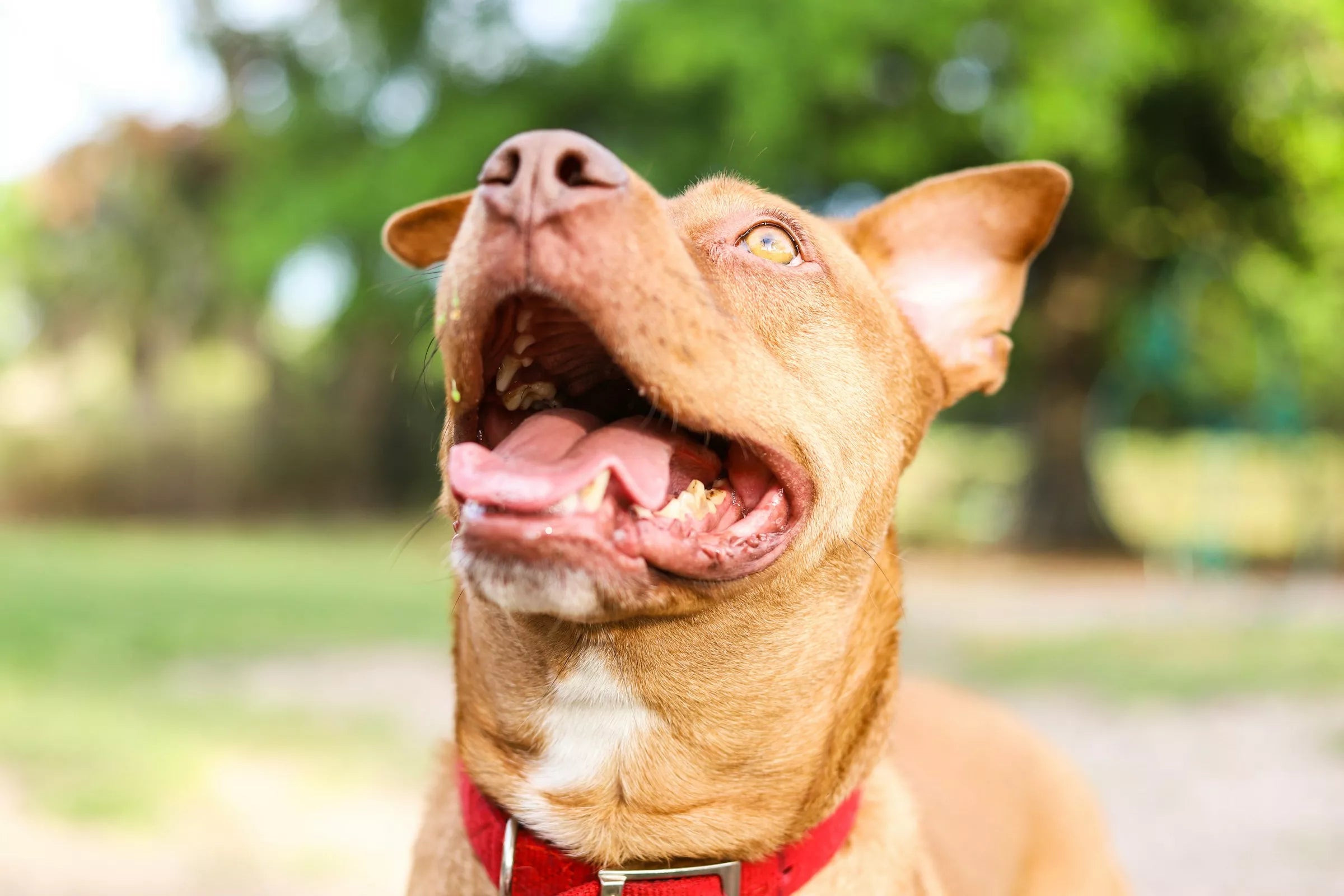As loving dog parents, we all want our furry companions to be happy, well-behaved members of the family. One of the most effective tools in achieving this is positive reinforcement. In this article, we'll explore the transformative power of positive reinforcement in shaping your dog's behavior and strengthening the bond between you.
Understanding Positive Reinforcement
Positive reinforcement involves rewarding your dog for desired behaviors, which encourages them to repeat those behaviors in the future. This method focuses on praising and rewarding good behavior rather than punishing bad behavior.
Benefits of Positive Reinforcement for Dogs
Positive reinforcement goes beyond just teaching tricks; it builds trust, strengthens the bond between you and your dog, boosts their confidence, and reduces anxiety.

Effective Ways to Use Positive Reinforcement
Timing and consistency are crucial. Use treats, praise, and affection to reinforce desired behaviors consistently. Incorporate positive reinforcement into your daily routines to reinforce good habits.
Common Mistakes to Avoid
Avoid inconsistency in reinforcement, using punishment instead of reinforcement, and over-reliance on treats, which can lead to obesity or dependency.
Examples of Positive Reinforcement Techniques
Techniques such as clicker training, verbal praise, and reward-based games are effective ways to reinforce positive behaviors.

Challenges and Solutions
Dealing with stubborn behavior requires patience and persistence. Adapting to individual personalities and finding what motivates your dog is key.
The Role of Positive Reinforcement in Puppy Training
Positive reinforcement lays the foundation for a well-behaved adult dog. It promotes socialization, positive experiences, and sets the stage for lifelong success.
Positive Reinforcement in Behavioral Modification
From overcoming fear and aggression to rehabilitating rescue dogs, positive reinforcement is a powerful tool in behavioral modification.
Long-Term Effects of Positive Reinforcement
Beyond obedience, positive reinforcement creates a harmonious relationship, strengthens emotional well-being, and fosters a positive environment at home.

Conclusion
Positive reinforcement isn't just about training; it's about nurturing a strong bond and creating a happy, well-adjusted dog. Embrace this approach, and watch your relationship with your furry friend flourish!















Share:
5 Tips to Help Your Dog Cope When You're Away
The 7 Most Common Health Issues in Dogs